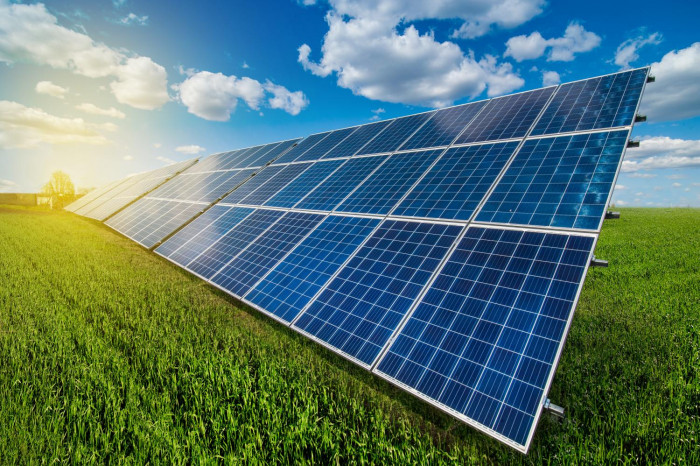As demand for renewable energy sources continues to increase, solar panels have become a popular and viable option for generating clean electricity. In India, there are different types of solar panels, each using different technologies to harness solar energy. So let's highlight their unique features, benefits, and applications.

Types of solar panels
Solar panels are tools that convert sunlight into electrical energy. But did you know that there are three main types of solar panels? Here are some examples.
-
Mono PERC Solar Panels
Mono PERC solar panels are composed of materials such as single crystal silicon. This makes it the most efficient type of solar panel. But they are also the most expensive. Mono PERC solar panels have a dark black appearance.
Advantages:
- High efficiency
- Beautiful, eye-catching design
- Better performance in low light conditions
- Longer lifespan (over 25 years)
-
Polycrystalline Solar Panels
Polycrystalline solar panels have a blue or gray appearance. They are designed with multiple crystals of silicon, making them less efficient than single-crystal varieties. But they are also cheaper.
Advantages:
- Reduce production costs
- Moderate efficiency and performance
- Competitive price
-
Half Cut Solar Panels
Half cut solar panels are a type of photovoltaic module specifically designed to enhance efficiency, reliability and performance. These panels are typically made from standard crystalline silicon solar cells.
Advantages:
- Light and flexible
- Better performance under high temperature conditions
- Save costs for large-scale installations
-
Bifacial Solar Panels
Bifacial solar panels are a type of solar photovoltaic (PV) panel designed to capture sunlight from both the front and rear sides, significantly increasing their energy efficiency compared to traditional monofacial panels that only absorb light from the front side. Bifacial solar panels have gained popularity in recent years due to their potential to generate more electricity and their versatility in various applications.
This unique feature increases the overall efficiency of the panel, making bifacial technology attractive for installations with reflective surfaces, such as snow-covered floors or white roofs.
Advantages:
Increases energy production through double-sided absorption of sunlight
Ideal for installation in snowy or highly reflective environments
However, if the budget is limited, polycrystalline solar panels are a good choice. Half Cut solar panels are ideal for lightweight and flexible solar panel preferences.
The Final Statement
Choosing the right type of solar panel depends on various factors, including efficiency, cost, available space, and specific project requirements.
Mono PERC and polycrystalline panels are prevalent in residential installations due to their reliability and efficiency, while Half Cut Solar panels offer flexibility and cost-effectiveness for larger projects. Bifacial and concentrated solar panels in India are more specialized options with unique benefits for specific environments and applications.

No comments yet